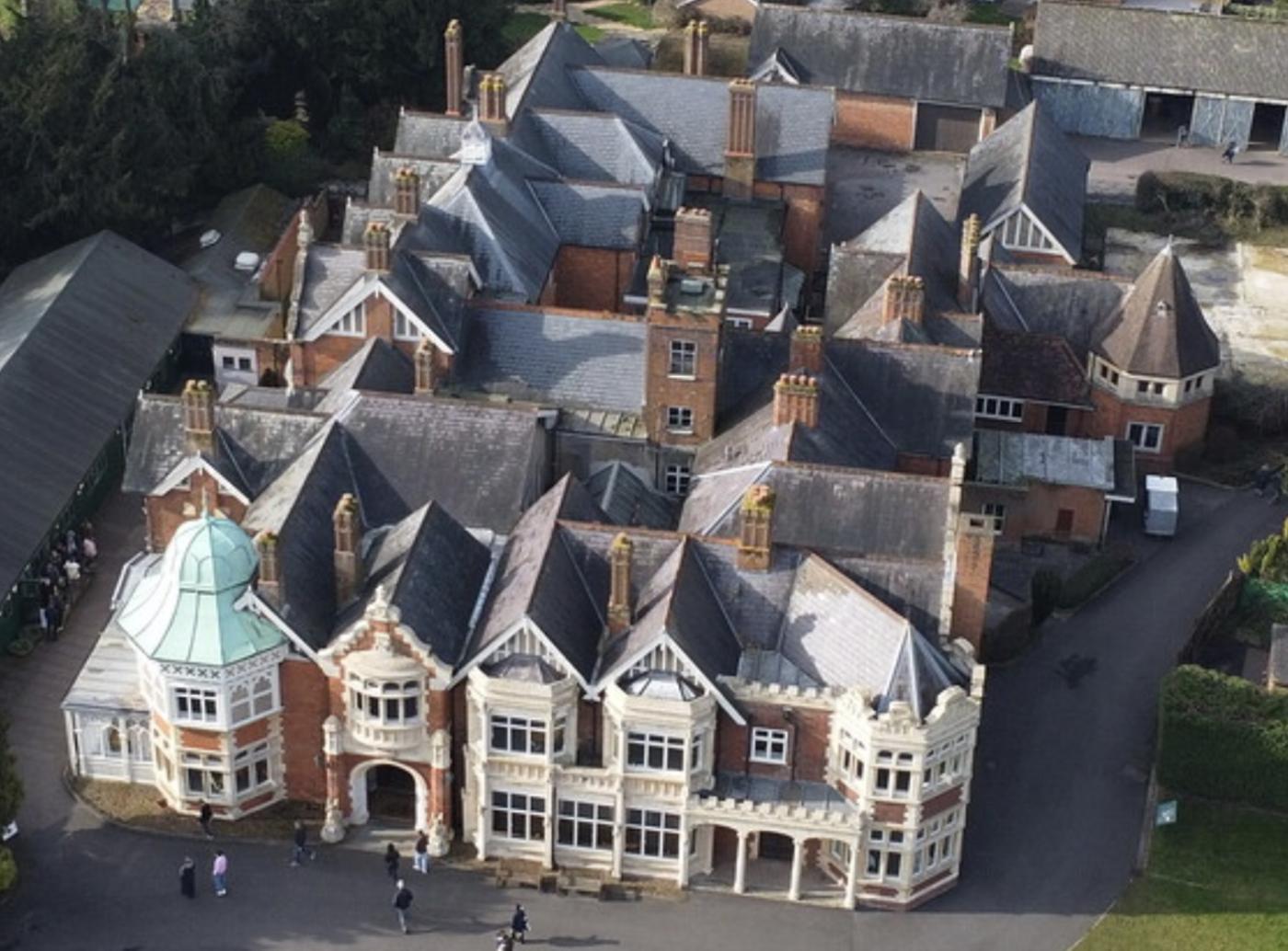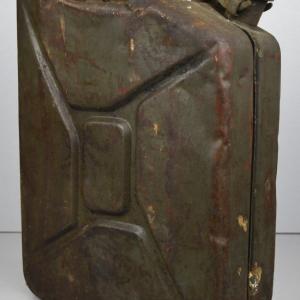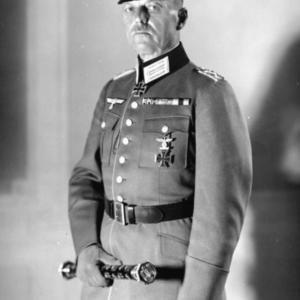
Bletchley Park
During the early stages of World War II, the British government recognized the urgent need for a central hub dedicated to breaking enemy codes and intercepting military communications. This realization led to the establishment of Bletchley Park, a Victorian mansion located in Buckinghamshire, England. Officially referred to as the Government Code and Cypher School (GC&CS), and nicknamed "Station X" by those who worked there, Bletchley Park became the epicenter of British cryptographic efforts and played a pivotal role in shortening the war.
The park was chosen for its strategic location—close enough to London for easy access, yet far enough to avoid major bombing raids. Its proximity to railway lines made it convenient for transporting people and materials. By 1939, Bletchley had become operational, and a highly secretive team of mathematicians, linguists, chess champions, and crossword puzzle enthusiasts began arriving. These individuals were selected for their intellectual acumen and unique problem-solving skills.
The main objective at Bletchley Park was to intercept and decode encrypted enemy communications, particularly those sent via the German Enigma and later, the Lorenz cipher machines. These ciphers were believed to be unbreakable due to their complex encryption systems that changed daily. Cracking these codes was vital, as they contained crucial information about German military strategies, U-boat positions, air raids, and more.
The most famous success of the Bletchley Park team was the breaking of the Enigma code, which had been adopted by the German military before and during the war. Enigma machines used a series of rotating wheels and electrical circuits to encrypt messages, producing an astronomical number of possible combinations. Mathematician Alan Turing, alongside colleagues like Gordon Welchman, Dilly Knox, and Harold Keen, was instrumental in developing methods to break this cipher.
Turing’s greatest contribution was the design of the Bombe, an electromechanical machine capable of working through Enigma settings far faster than any human could. With the help of Polish cryptanalysts—particularly Marian Rejewski, who had made early breakthroughs in understanding Enigma’s workings—the British were able to build on this foundation. One of the major milestones was the breaking of the Luftwaffe (German Air Force) Enigma key, which occurred in 1940. This achievement provided vital intelligence about German air operations and bombing raids during the Battle of Britain.
Later in the war, the team faced an even greater challenge with the Lorenz cipher, used for high-level communication between Hitler and his generals. The Lorenz machine was more complex than Enigma, but Bletchley’s Bill Tutte managed to deduce its structure without ever having seen the machine itself. His mathematical insight led to the creation of Colossus, the world’s first programmable, electronic, digital computer, built by Tommy Flowers. Colossus allowed for rapid decryption of Lorenz-encrypted messages, giving Allied forces insights into German high command strategies.
The codebreakers’ work required incredible secrecy. Workers were sworn to silence under the Official Secrets Act. Many did not speak of their roles for decades, even to family members. The secrecy surrounding their work meant that Bletchley Park’s contribution to the war effort remained largely unrecognized until well after the war had ended.
The intelligence obtained at Bletchley Park was designated as “Ultra,” indicating its top-secret and high-priority nature. This information was instrumental in numerous key victories for the Allies. For example, decrypted Enigma messages helped in countering the U-boat threat in the Atlantic, ensuring vital supplies continued to reach Britain. Intelligence from Bletchley was also used in planning the D-Day invasion (Operation Overlord), allowing Allied commanders to mislead German forces and reduce casualties.
Historians estimate that the work done at Bletchley Park shortened the war by two to four years and saved millions of lives. Winston Churchill described the Bletchley workers as “the geese that laid the golden eggs and never cackled.”
In total, over 10,000 people worked at Bletchley Park during the war, about 75% of whom were women. These women played vital roles as cryptanalysts, operators, translators, and administrative staff. Figures such as Joan Clarke (a colleague and close friend of Alan Turing) made substantial contributions, though women’s roles were historically underappreciated.
After the war, Bletchley Park’s buildings fell into disrepair, but efforts in the 1990s led to the creation of the Bletchley Park Trust, which transformed the site into a museum. It now serves as a historical landmark dedicated to the incredible achievements of the wartime codebreakers and is recognized as the birthplace of modern computing and cyber intelligence.
The legacy of Bletchley Park endures not only through its impact on WWII but also through its influence on modern cryptography, computer science, and intelligence work. The innovations and collaborations that occurred within its walls laid the groundwork for the digital age and demonstrated the power of intellect and innovation in the face of global conflict.










